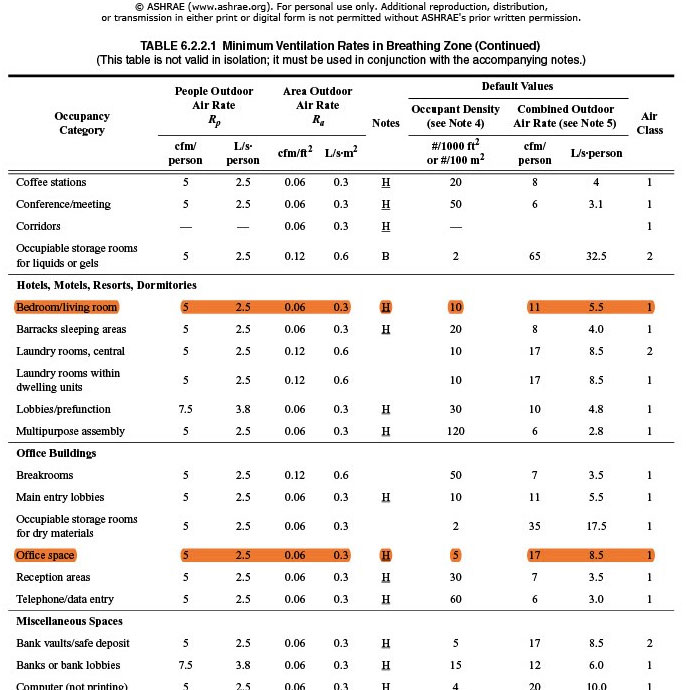What is IAQ?
The quality of air inside buildings as represented by concentrations of pollutants and thermal (Temperature and Relative Humidity) conditions that affect the health, comfort, and performance of occupants.
Indoor air quality (IAQ) refers to the types and concentrations of airborne contaminants found in buildings. And while there is no universally accepted definition of “good” IAQ, there are three widely accepted approaches to improving IAQ in buildings:
Source control
- Use building materials, furnishings, appliances, and consumer products with low contaminant emissions.
- Minimize indoor contaminant sources caused by occupant activities.
- Remove outdoor contaminants via filtration and air cleaning before they enter a building;
Ventilation
Ensure that clean air is delivered to occupied spaces to effectively dilute and remove contaminants emitted by indoor sources and that air is exhausted in the vicinity of localized indoor sources.
Air cleaning
Use effective air cleaning technologies to remove contaminants from outdoor ventilation air and recirculated indoor air.
| ASHARE* RECOMMENDED VENTILATION RATE | |
|---|---|
| RATE/Area | Ventilation Require |
| Bedroom Classroom Restaurant Dining Room Bars, Cocktail Lounge Meeting Rooms Libraries Beauty & Nail salon Pet Shops GYM |
Area *0.06+ 10 cfm Area *0.12+ 15 cfm Area *0.18+ 10 cfm Area *0.18+ 10 cfm Area *0.06+ 6 cfm Area *0.12+ 15 cfm Area *0.12+ 25 cfm Area *0.18+ 25 cfm Area *0.18+ 15 cfm |
